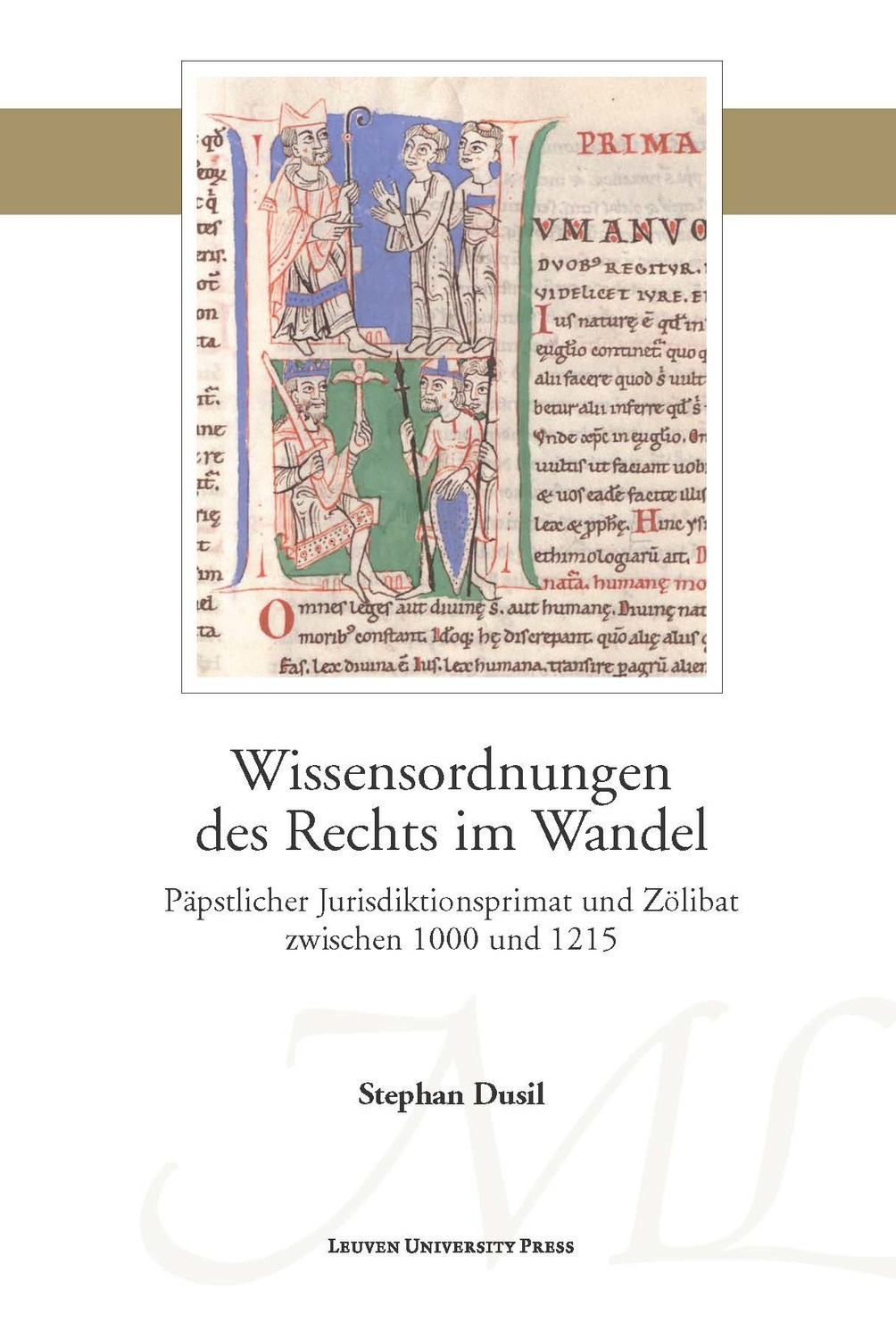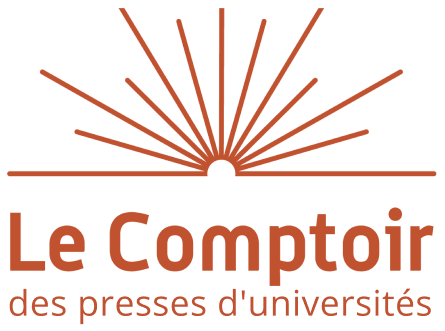
Wissensordnungen des Rechts im Wandel
Päpstlicher Jurisdiktionsprimat und Zölibat zwischen 1000 und 1215
Stephan DUSILEditeur
Universitaire Pers LeuvenDate de publication
18 juin 2018Résumé
Between 1000 and 1215, the knowledge of canon law changed fundamentally. Although ecclesiastic rules of law had been linearly collected by 1000, they had evolved into complex, highly interlinked carriers of knowledge by 1215. By carefully examining manuscript transmission, this book elucidates the evolution of legal knowledge, taking papal jurisdictional primacy and clerical celibacy as an illustrative example. Furthermore, it shows the influence the artes liberales and rhetoric had on the organisation of canon law. This study thus offers fascinating insights into the origins of canon law as an academic discipline, thereby also demonstrating the diversity and multi-layeredness of legal knowledge in the High Middle Ages.
FORMAT
Livre broché
95.00 €
Ajout au panier /
